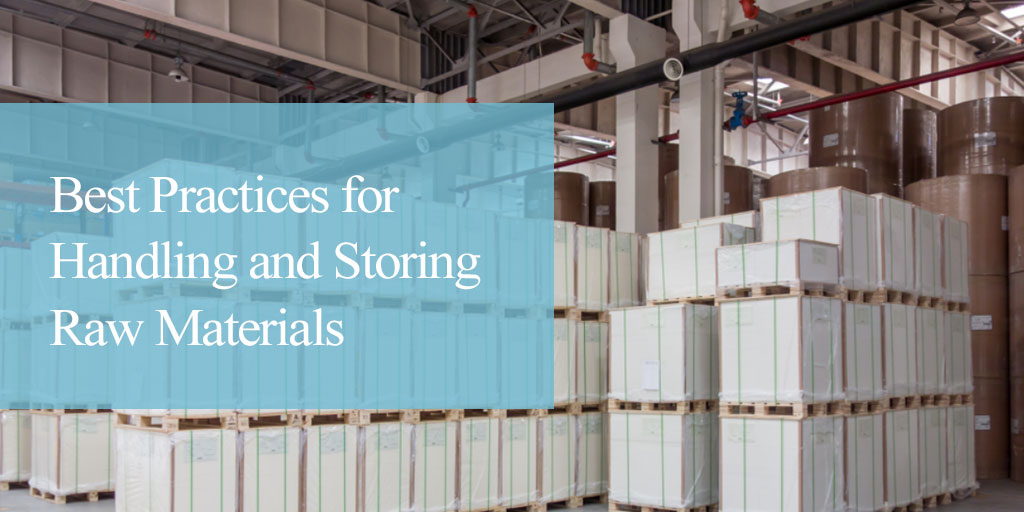We’re often asked about the shelf life of our glue, as natural adhesives have an expiration date.
Gelatin glue can last a year, but that depends on proper storage. In fact, storage plays a significant role in your adhesive and your entire production performance.
We often work with packaging manufacturers, bookbinders, and those who use substrates that can become affected by temperature and humidity. Here are some storage tips for companies working with paper products and gelatin glue to keep production running smoothly.
Proper Dry Storage Recommendations
Temperature Regulation
Think about the environment inside your manufacturing plant. Your facility is likely climate-controlled around equipment, but are the raw materials in a climate-controlled environment, too?
While not every facility has climate control, it’s recommended that manufacturers store raw materials at around 70°F in a moisture-free place away from direct sunlight.
Many facilities utilize industrial high-volume, low-speed (HVLS) fans to keep air circulating in large spaces like warehouses, manufacturing floors, and workshops. Fans can also be installed in storage locations to help keep temperatures more consistent and eliminate stagnant air that can cause mold and bacteria to grow.
Material Preparation
Most manufacturers store their materials, including board, wraps, and adhesive, in different locations around the facility until needed. That’s fine!
To get the best results, move the raw materials your operators will use into the production room about 24 hours ahead. This allows the materials to adjust to the temperature difference.
Materials like paper are affected by moisture. Moving in and out of humidity shocks the paper substrate, causing it to warp and become difficult to work with.
For manufacturers working with paperboard or card stock, allowing your raw materials to adjust to the temperature on production line floor 24 before use can significantly reduce board warp.
Monitor Storage
Seasons change. Check the temperature in storage rooms daily to catch and prevent any drastic fractionations. It’s best practice to keep a thermometer on the wall in every storage location, even if it’s dry.
Proper Organization
Try to keep raw materials stored off the floor and away from walls. This allows for adequate air circulation.
Durable shelving, racks, or pallets that hold items vertically protect materials and save valuable floor space. If you use shelves for paper products, they should be made of solid material instead of wire to prevent ‘patterning’ on the paper’s surface.
Also, remember to keep all paper materials flat. Bent or folded paper doesn’t feed well into equipment and can cause the adhesive to set incorrectly.
Questions About Proper Adhesive Storage?
Every facility is different and has nuanced production methods. If you have questions about handling and storing gelatin adhesive or paper products specific to your production, our team can help.
We’ve worked with many manufacturers to assist them in troubleshooting their production lines. For example, we’ve provided heat and humidity testing to measure the curl between the adhesive and the substrate to determine how well a bond will hold under extreme conditions.
If you have questions, contact our adhesive experts.







